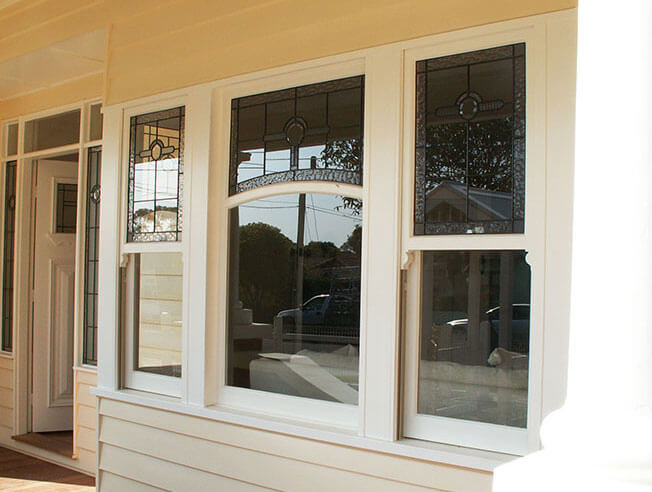All Categories
Featured
Table of Contents
Double Glazed Windows Brisbane in North Lake Perth
That window can transmit more solar heat in winter than in summer. A west-facing window on a summer season's afternoon has an angle of incidence from near 0 up to 30 with a large efficient location of solar radiation. A north-facing window, in summer, has a high angle of occurrence and a low efficient area of solar radiation, so can transfer less heat than a west-facing one.
However you can rapidly and easily enhance the thermal performance of your house by replacing your windows. This is among the most reliable methods of restoration to attain better thermal convenience. There are countless kinds of glass and frames to select from. Picking the right ones is essential to enhancing the energy efficiency of your house.
Which Double Glazed Windows Are Best For Summer? in Hillarys WA
There are various kinds of glass products to select from. Single glazing utilizes a single pane of glass. Single glazing with clear glass is not very efficient when it pertains to heat loss or gain. To improve performance, you can utilize single glazing with a more energy-efficient type of glass such as low emissivity (low-e) glass.
The energy efficiency of IGUs also depends on: the properties of each layer of glass. Different glass types (for example, clear and low-e glass) can be put together in an IGU.
Double-glazing Versus Low-e Glass in Champion WA

IGU cavities can be filled with air or a more inert, low-conductivity gas such as argon the width of the cavity. Larger cavities offer lower (better) U values, with 12mm normally accepted as the preferred space how well the cavity is sealed.
If argon is installed to the cavity in location of air, wetness is reliably excluded the level of desiccant (drying representative). The spacer (metal or polymer strip) that separates the glass layers contains a desiccant to absorb any wetness. Insufficient desiccant might trigger moisture to condense on the glass surface in cold conditions, lowering thermal performance.
Is Double Glazing Worth It? in Walliston Perth
IGUs can deliver better energy efficiency for all environments, specifically in heated and air-conditioned houses. Cross-section detail of single, double and triple-glazing systems Low emissivity glass (frequently called low-e glass) lowers heat transfer. Low-e glass might be either high or low transmission: High transmission low-e glass has a coating that enables daylight from the sun to pass into your house to achieve excellent solar heat gain, but decreases the quantity of the long wavelength infrared heat that can escape back through the window.
Low-e glass has either a pyrolytic finishing or a vacuum-deposited thin movie metal coating. Pyrolytic coverings are durable and can be utilized for any glazing; vacuum-deposited coatings are soft and are just utilized within IGUs. Low-e coverings can substantially improve both U value and SHGC; however, they need to be used correctly or they will either degrade or fail to perform as needed.
Double Glazing in Redcliffe Western Australia
Low-e coatings can be utilized in combination with clear, toned or reflective glass. Low-e coverings on glazing can minimize heat transfer where needed Photo: Department of Market, Science, Energy and Resources Toned glass has colouring ingredients consisted of during manufacture. It is offered in numerous colours, generally bronze, grey, blue and green.
Table of Contents
Latest Posts
A Complete Guide To Double Glazed Windows in Wexcombe Western Australia
Which Type Of Glass Is Best For Energy Efficiency? - A&l Windows in Boya Perth
Insulated Glass Unit – Igu in Joondanna Perth
More
Latest Posts
A Complete Guide To Double Glazed Windows in Wexcombe Western Australia
Which Type Of Glass Is Best For Energy Efficiency? - A&l Windows in Boya Perth
Insulated Glass Unit – Igu in Joondanna Perth